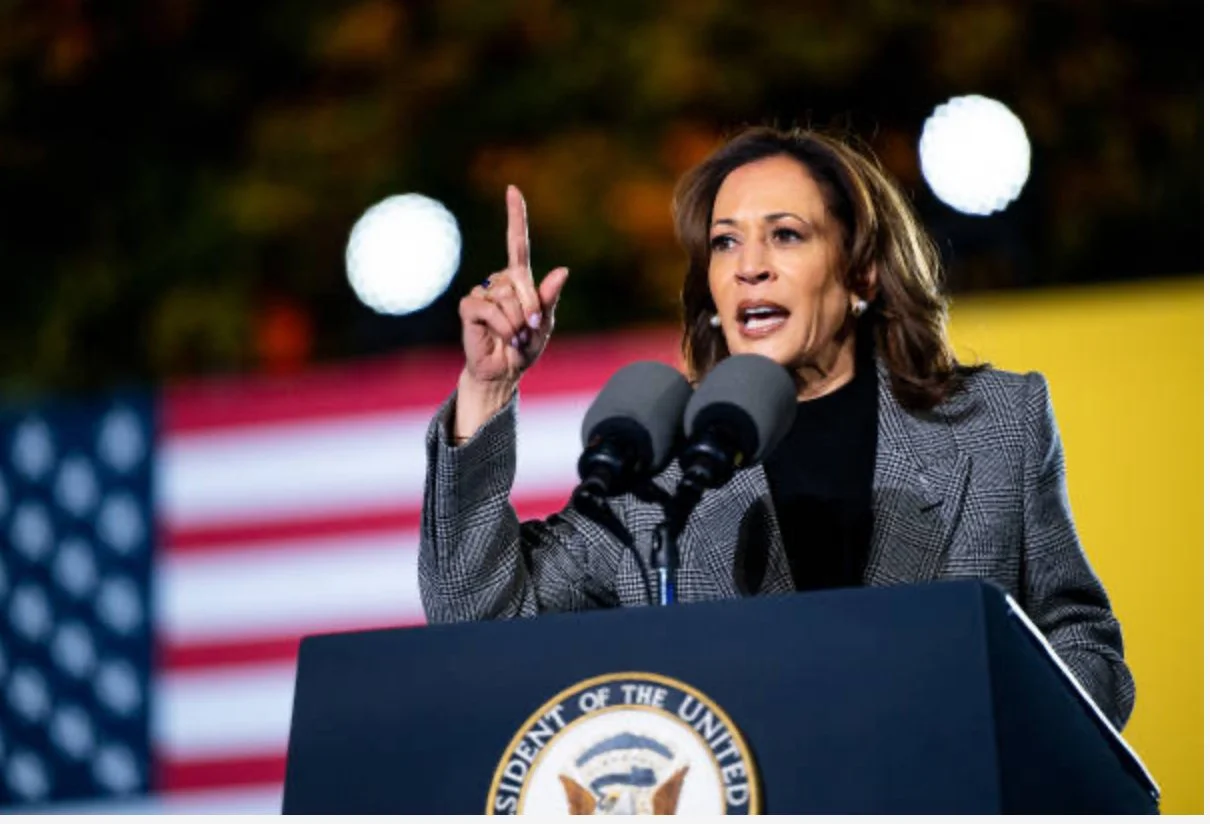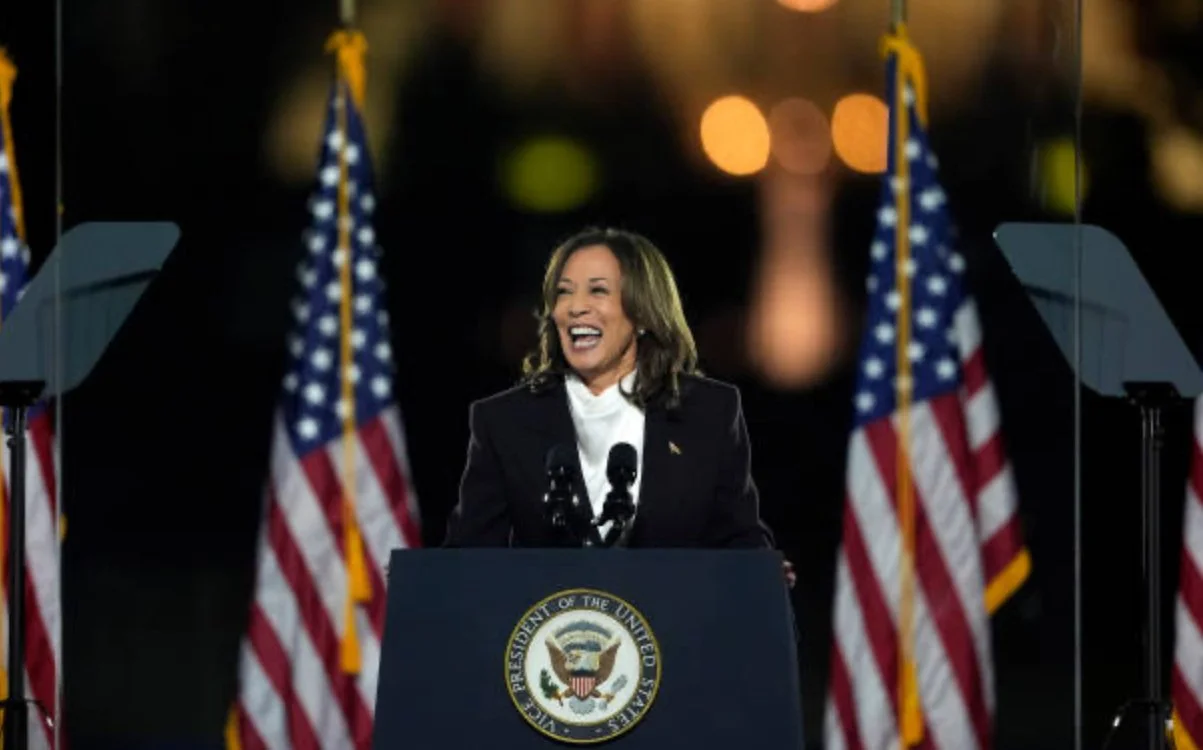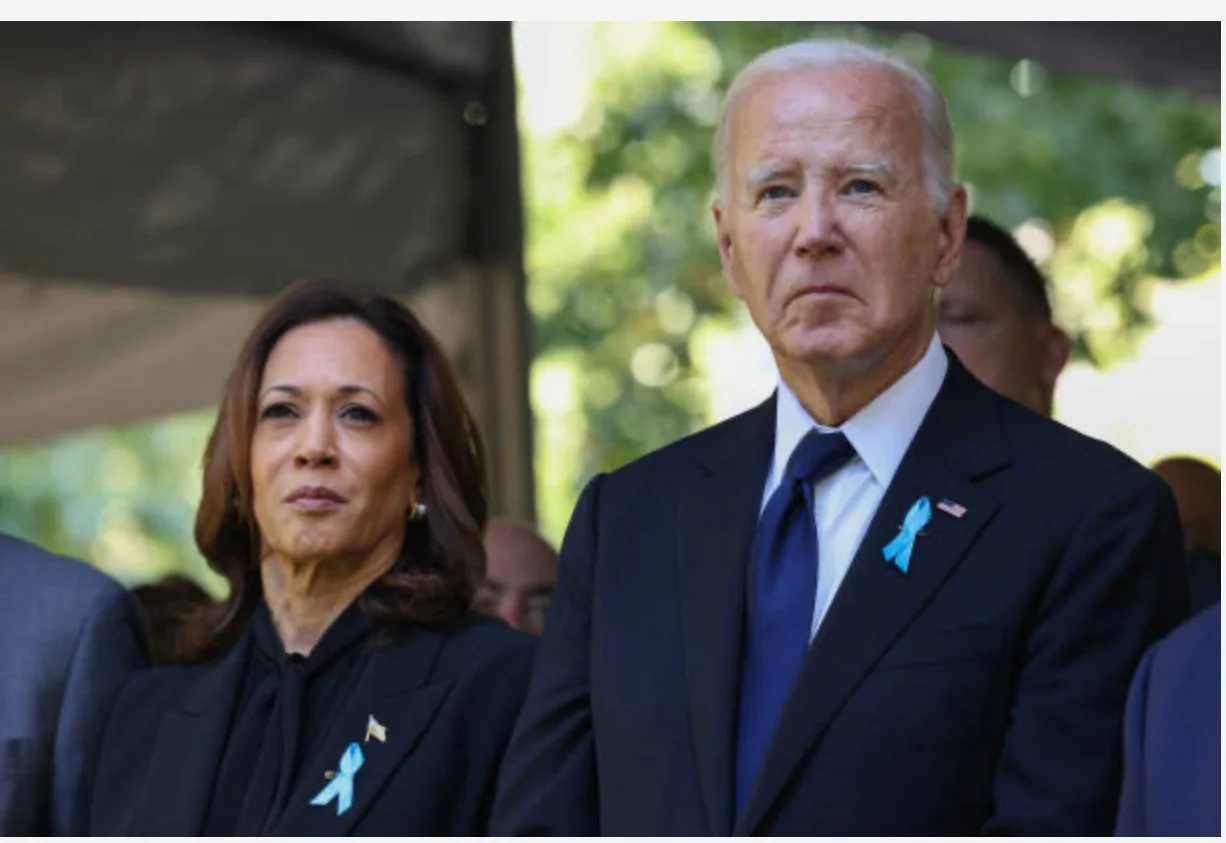Cracks in the Trail to Victory What Happened to Kamala Harris in the Elections
The rise and fall of political figures often draw intense scrutiny, and Kamala Harris's electoral experiences are no exception. A prominent figure who once captured national attention, Harris faced a series of challenges that ultimately led to her losing elections. In this blog post, we'll explore the intricate web of factors contributing to her political setbacks. By examining these elements, political analysts, U.S. voters, and Democrats can gain insights into the shifting landscape of American politics and learn valuable lessons for future campaigns.
The Initial Spark of Kamala Harris's Political Journey
Kamala Harris's political career began with great promise. Her ascent through the ranks of California's legal system to become the state's Attorney General showcased her tenacity and legal acumen. This trajectory laid the foundation for her rise to the U.S. Senate, where she gained recognition for her strong stances and articulate questioning during high-profile hearings. Harris's ability to make headlines and capture public interest was undeniable.
However, the road to political success is seldom straightforward. Despite her initial achievements, Harris faced numerous challenges on her way to higher office. Understanding these hurdles provides a clearer picture of why her electoral campaigns didn't achieve the desired outcomes.
Navigating the Complex Terrain of Identity Politics
One of the key factors in Kamala Harris's electoral challenges was navigating the complex terrain of identity politics. As a woman of mixed Indian and Jamaican descent, Harris represented multiple minority groups. While this diversity was celebrated by many, it also brought its own set of challenges. Voters and analysts often debated whether she adequately represented specific communities or if she could bridge the gaps between them.
Identity politics can be a double-edged sword. On one hand, it can rally support from underrepresented communities. On the other hand, it may lead to intense scrutiny and expectations that can be difficult to meet. For Harris, the pressure to embody the aspirations of various groups sometimes overshadowed her broader policy goals.
Striking a Balance Between Progressivism and Pragmatism
Kamala Harris's political platform often straddled the line between progressivism and pragmatism. This balancing act, while appealing to a broad audience, posed challenges in maintaining a consistent message. Her attempts to cater to both progressive and centrist factions of the Democratic Party sometimes left her in a precarious position.
Harris's stance on key issues such as healthcare and criminal justice reform exemplified this struggle. While she advocated for bold reforms, critics argued that her past prosecutorial record painted a different picture. This perceived inconsistency made it challenging for her to gain unwavering support from either side of the political spectrum.
Campaign Strategy and Messaging Missteps
Effective campaign strategies are crucial in any election, and Kamala Harris's campaigns were not immune to missteps. While her charisma and public speaking skills were assets, her campaigns occasionally struggled with clear messaging. In a crowded field of candidates, Harris's ability to distinguish herself was sometimes hindered by conflicting narratives.
For instance, her healthcare plan evolved over time, leading to confusion among voters about where she stood on critical issues. Additionally, her campaign lacked a signature policy proposal that could galvanize and mobilize supporters. This absence of a distinct selling point made it difficult to capture the attention of a broad audience.
Media Spotlight and Its Impact
In the age of 24/7 news cycles and social media, the role of the media in shaping public perception cannot be underestimated. Kamala Harris's campaigns were subject to intense media scrutiny, which often amplified both her strengths and weaknesses. While media coverage helped boost her visibility, it also magnified any missteps or controversial moments.
Harris's interactions during debates and her reactions to opponents' criticisms were frequently dissected by the press. This heightened scrutiny sometimes overshadowed her policy proposals, diverting attention away from substantive discussions. The media's role in shaping public perception added an additional layer of complexity to her campaigns.
Voter Expectations and the Charisma Factor
Charisma and relatability play a significant role in political campaigns, influencing how candidates connect with voters. While Kamala Harris possessed undeniable charisma, meeting the diverse expectations of the electorate proved challenging. Her ability to inspire and engage audiences was evident during rallies and speeches, yet translating this appeal into widespread voter support required more than just charisma.
Voter expectations vary widely, and candidates must strike a delicate balance between being aspirational and relatable. Harris's attempts to connect with different demographics sometimes fell short, leaving her struggling to resonate with certain segments of the population.
The Role of External Factors and Unforeseen Challenges
External factors beyond a candidate's control can also impact the outcome of an election. Kamala Harris's campaigns faced unforeseen challenges that affected their trajectory. Economic shifts, global events, and unexpected developments within her own party all played a role in shaping the political landscape.
For instance, changes in voter priorities and concerns can influence the reception of a candidate's message. Harris's campaigns had to contend with evolving voter sentiments and adapt their strategies accordingly. These external factors added complexity to an already intricate electoral equation.
Learning from Setbacks and Paving the Way Forward
While Kamala Harris faced electoral setbacks, her experiences offer valuable lessons for political analysts, U.S. voters, and Democrats. Understanding the nuances of her campaigns sheds light on the broader dynamics of modern politics and the challenges candidates face.
Political analysts can glean insights into the importance of consistent messaging and strategic positioning. Voters, on the other hand, can appreciate the complexities candidates encounter and develop a more nuanced perspective on the electoral process. For Democrats, examining Harris's experiences can inform future campaign strategies and foster unity within the party.
Conclusion
In the world of politics, victories and defeats are part of the ebb and flow of a candidate's career. Kamala Harris's electoral experiences underscore the multifaceted nature of political campaigns and the myriad factors that influence their outcomes. By examining her trajectory, political analysts, U.S. voters, and Democrats can gain a deeper understanding of the challenges candidates face and the strategies needed for success.
As the political landscape continues to evolve, the lessons learned from Kamala Harris's campaigns serve as a reminder that the path to victory is seldom linear. By applying these insights, future candidates can chart a course that reflects the aspirations and values of their constituents while navigating the complexities of modern politics.
Article contributed by Sheikh Amir Bin Sultan - UAE







